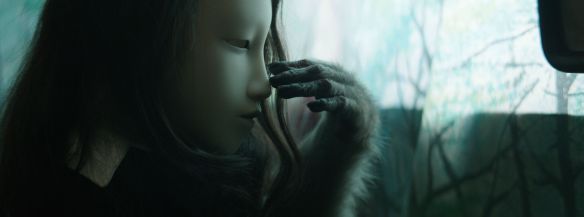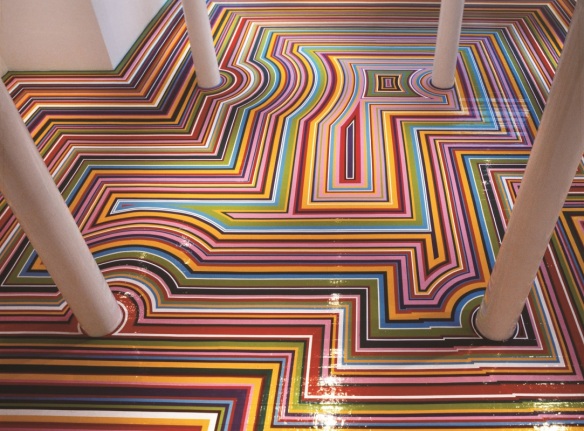Karl Blossfeldt, Indian Balsam, 1928
Aesthetically I rather love Karl Blossfeldt’s photographs of plants but they’re images I don’t really think about often. Joan Fontcuberta’s Flora series brought them to mind though and has send me back to take a fresh look. The images, made in the early twentieth century are simple close-ups of plant details. There are gorgeous curves, beautiful textures and, above all, weird forms that, while clearly plants, don’t seem quite real.









